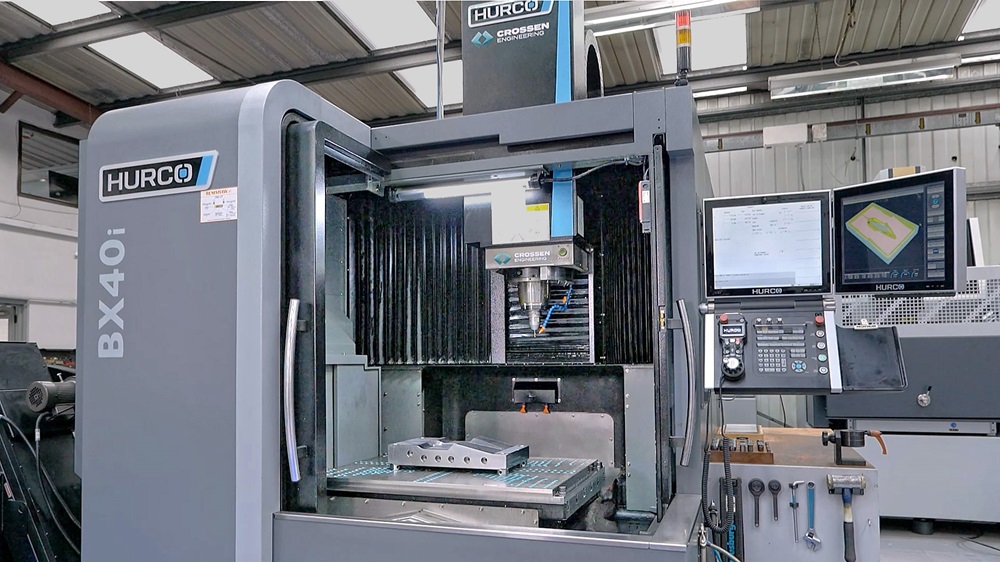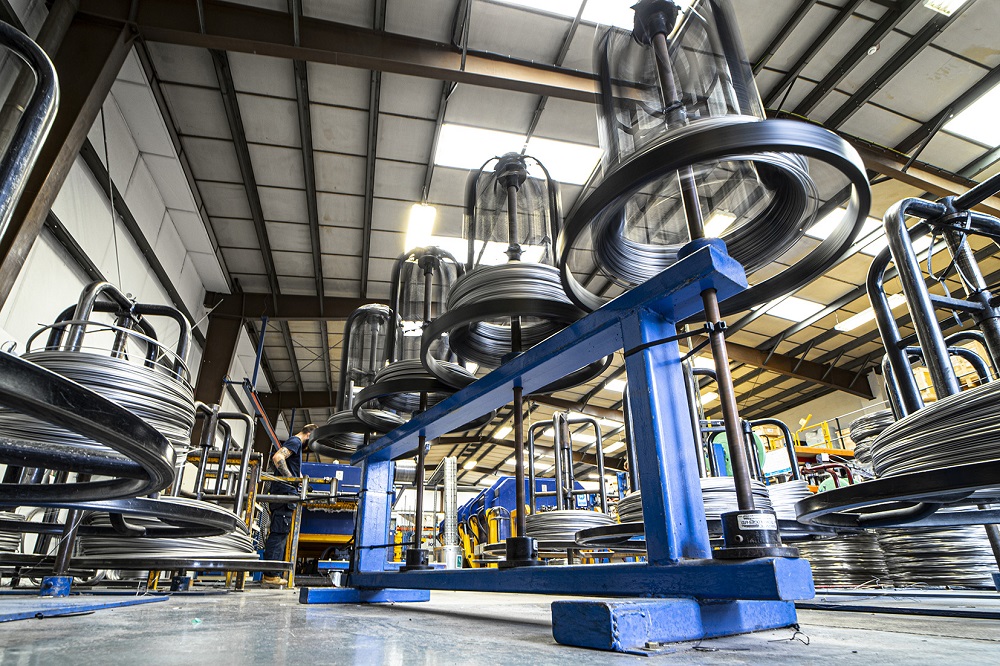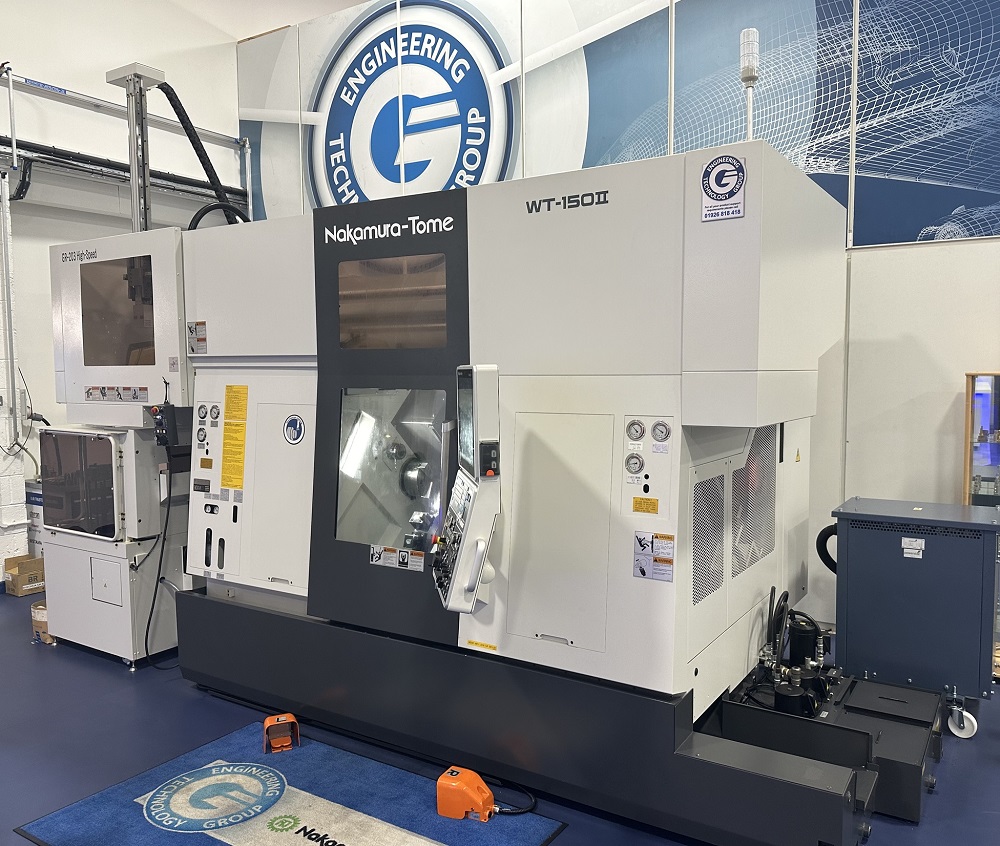It is often the impulsive decisions in life that create an impact, which was certainly the case for Chris Smedley of Malvern Engineering. When he was made redundant over 15 years ago, he walked out of his employment and 45 minutes later signed a contract for an industrial unit and started Malvern Engineering. This entrepreneurial spirit and level of determination have served the company well since its inception and are still imbued in the ethos of the small business to this very day. So, when Smedley’s regular machine tool dealer could not offer the solution required, he approached the Engineering Technology Group (ETG) and bought his first 4th-axis machining centre: a Quaser MV184 EV. It arrived in autumn 2023.
“We looked at a couple of machines, but when we visited the ETG technical centre and demonstration facility in Wellesbourne, we were flabbergasted by the quality, service and the set-up of the company,” says Smedley. “The Quaser MV184 EV offers us greater flexibility than our existing machine tools and we can reduce the number of required set-ups on complex parts. This capability is subsequently improving our quality, our throughput and creating greater efficiencies throughout the business.”
As a subcontract manufacturer with four three-axis machining centres and two turning centres, the latest Quaser addition opens the door to new types of work previously out of reach.
“The Quaser has a much more compact footprint than our existing machines, which is invaluable to a small business where space is at a premium,” explains Smedley. “Like our existing machines, the Quaser was supplied with a Heidenhain CNC system that creates familiarity for our team to interchange between machines.”
For further information www.engtechgroup.com



















